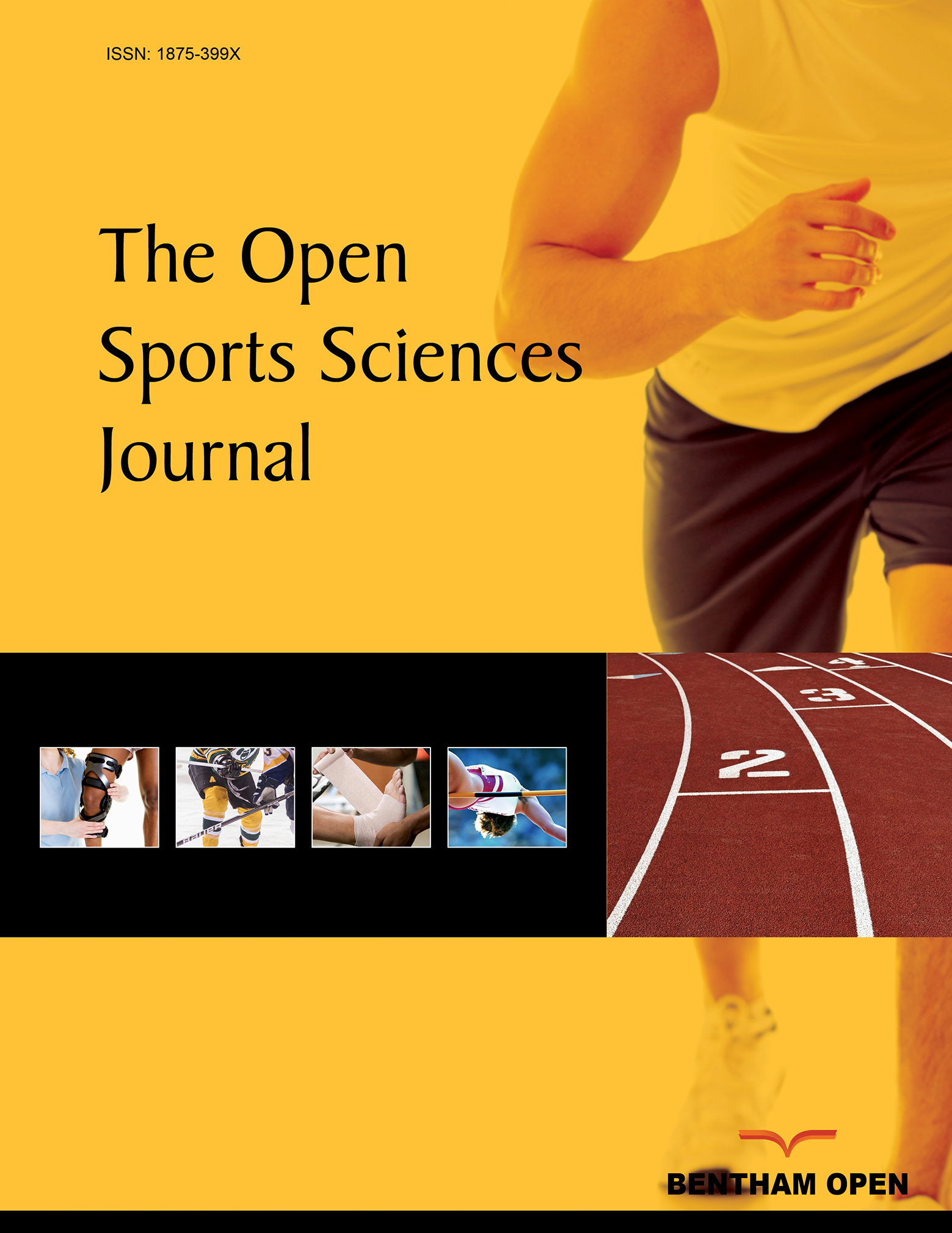All published articles of this journal are available on ScienceDirect.
Team Chemistry and COVID in European Football
Abstract
Objective:
This research investigates the influence of team chemistry and COVID on football matches.
Methods:
This is done by estimating the effect of both chemistryand COVID on match results and analysing the performance of prediction models where both effects are included and threshold intervals are usedfor classification. Four different chemistry measures are introduced and all are evaluated.
Results:
Chemistry has the expected positive effect on performance only for the top teams in the estimations where interaction effects are included for two different chemistry measures. COVID has the expected mitigating effect on home advantage.
The inclusion of both effects in prediction models does not increase prediction accuracy consistently, although for various symmetric threshold intervals the prediction models with chemistry and COVID included outperforming the baseline models.
Conclusion:
Chemistry can have a positive influence on the perfomrance of a team and empty stadiums due to COVID mitigate the effect of home advantage. Including COVID and chemistry measures based on region in predictions is highly recommended.


